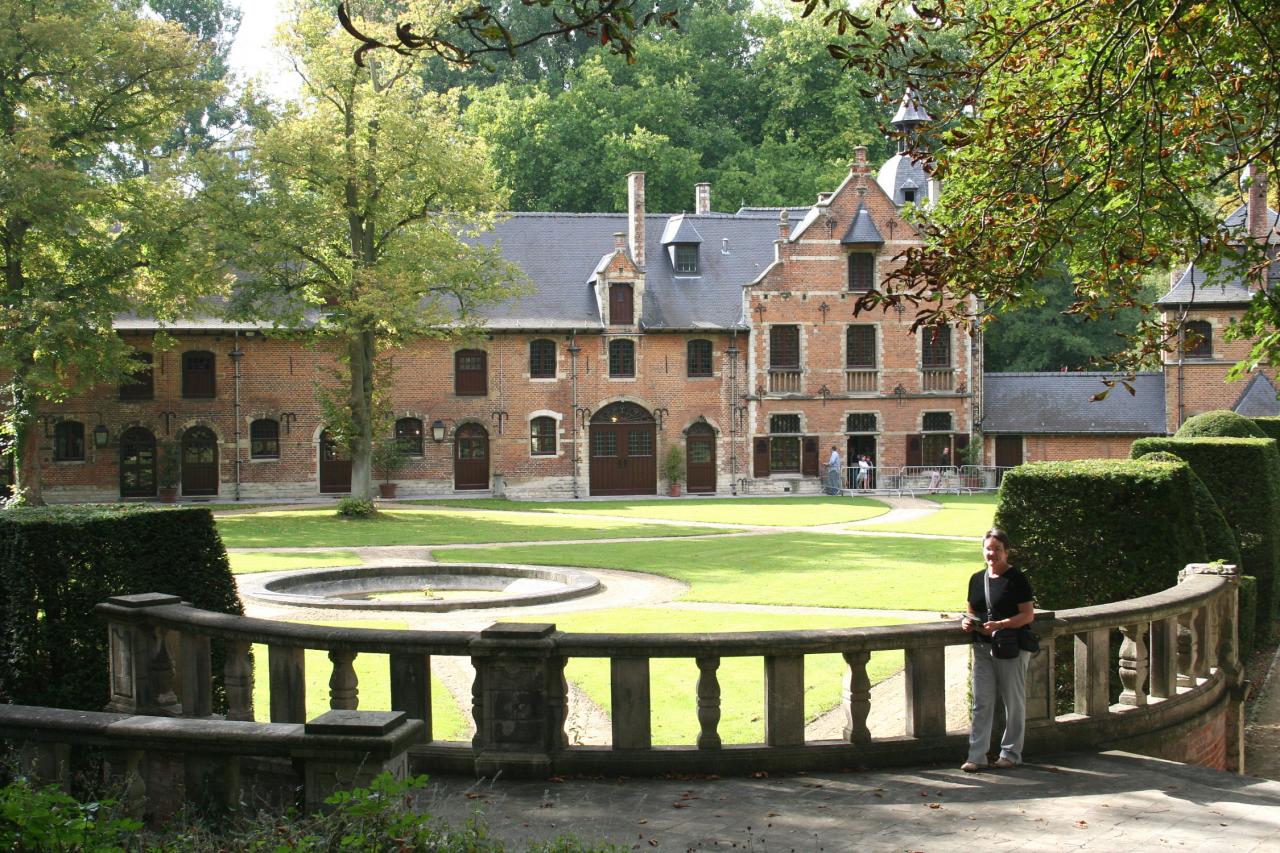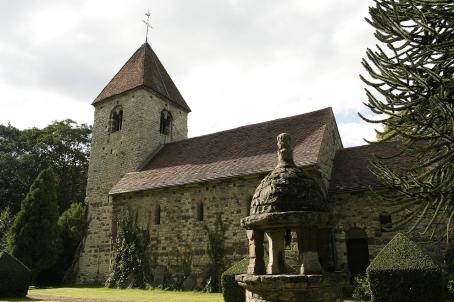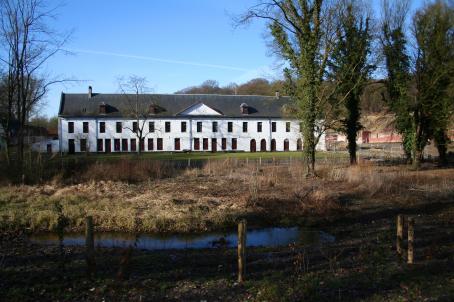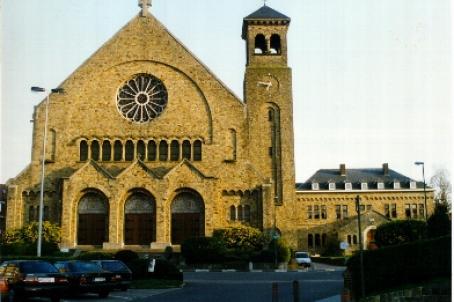Priory of Val Duchesse

The priory of Val Duchesse was a convent of Dominican nuns from the 13th century. It was founded in 1262 by the Duchess Adelaide of Burgundy with the religious community of Val Duchesse. Closed by the revolutionary power in 1796, what remained of it passed into private hands in the 19th century before becoming the property of the Belgian State in 1930. Today, the priory and its grounds are often used for important national or international meetings and colloquia.





